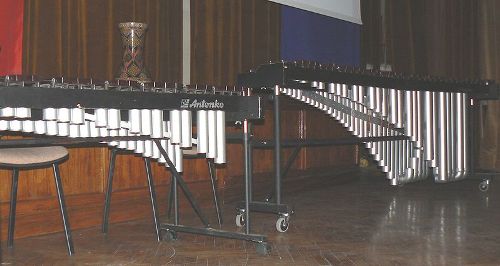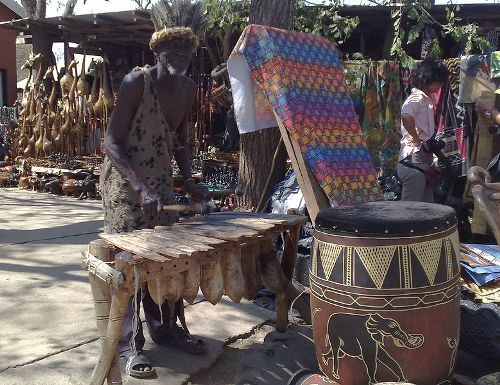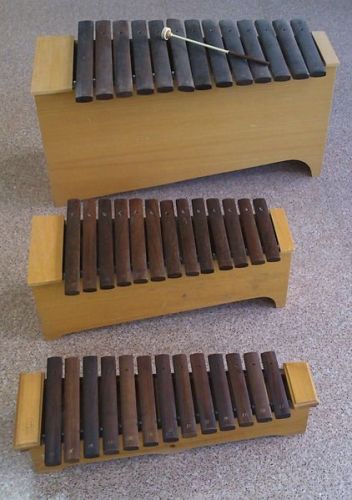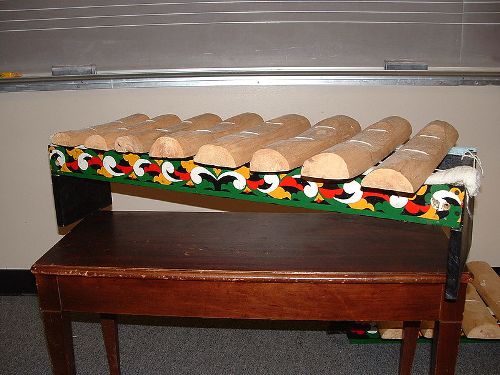10 Interesting the Xylophone Facts
The Xylophone Facts talk about a musical instrument included in the percussion family. It comes in two major types. Both are the Asian and African xylophones. The mallets will be used to strike the wooden bars. Let us find out the complete details about this traditional musical instrument below:
The Xylophone Facts 1: the uses of xylophone
When people want to use xylophone in orchestras, they will choose the chromatic one. The western children’s instrument applies the diatonic. The African and Asian xylophones have the pentatonic and heptatonic.
The Xylophone Facts 2: the musical instruments
Semantron, balafon and marimba are included in xylophones. However, the term xylophone is specifically applied to a chromatic instrument with drier timber and higher pitch.
The Xylophone Facts 3: the bars
The bars of xylophone are made of various materials. The valuable ones are made of padauk and rosewood. If you want to produce the louder sound, choose xylophone made of fiberglass-reinforced plastic or fiberglass. Check facts about ukulele here.
The Xylophone Facts 4: the octaves
The octaves of concert xylophones are around 3.5 to 4. The octaves for the small range of xylophone are 2.5.
The Xylophone Facts 5: the mallets
The mallets for hitting the wooden bars are made of a number of materials such as acrylic, polyball and hard rubber.
The Xylophone Facts 6: the softer sound
The softer sound is produced when the mallets are created from the medium to hard rubber.
The Xylophone Facts 7: the woodenheaded mallets
The woodenheaded mallets created from birch, ebony and rosewood are used to produce the lighter tones on the xylophone. Look at facts about violin here.
The Xylophone Facts 8: how to enhance the tones
You can enhance the tone of xylophone by having the tube resonators located at the bottom parts of the bars.
The Xylophone Facts 9: the expensive version
The expensive version of xylophone has standing stability and height adjustment. The steep tubing or wood is mostly used to create the frames of xylophone.
The Xylophone Facts 10: the history
The ancient origin of xylophone is obscure. It was believed that xylophone was from Southeast Asia according to Nettl. Circa AD 500, it went into Africa. The similarity is found between the Balinese and Javanese gamelan orchestras with the East African xylophone orchestras. However, Roger Blench argued that the xylophone in Africa had independent origin. The first true xylophone was created in Southeast Asia in the ninth century.
Are you well informed after reading facts about xylophone?








